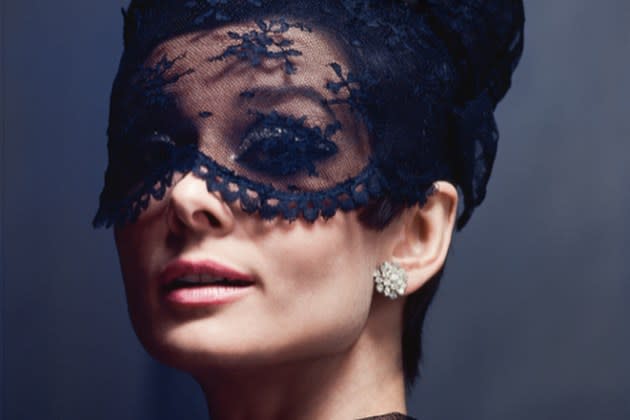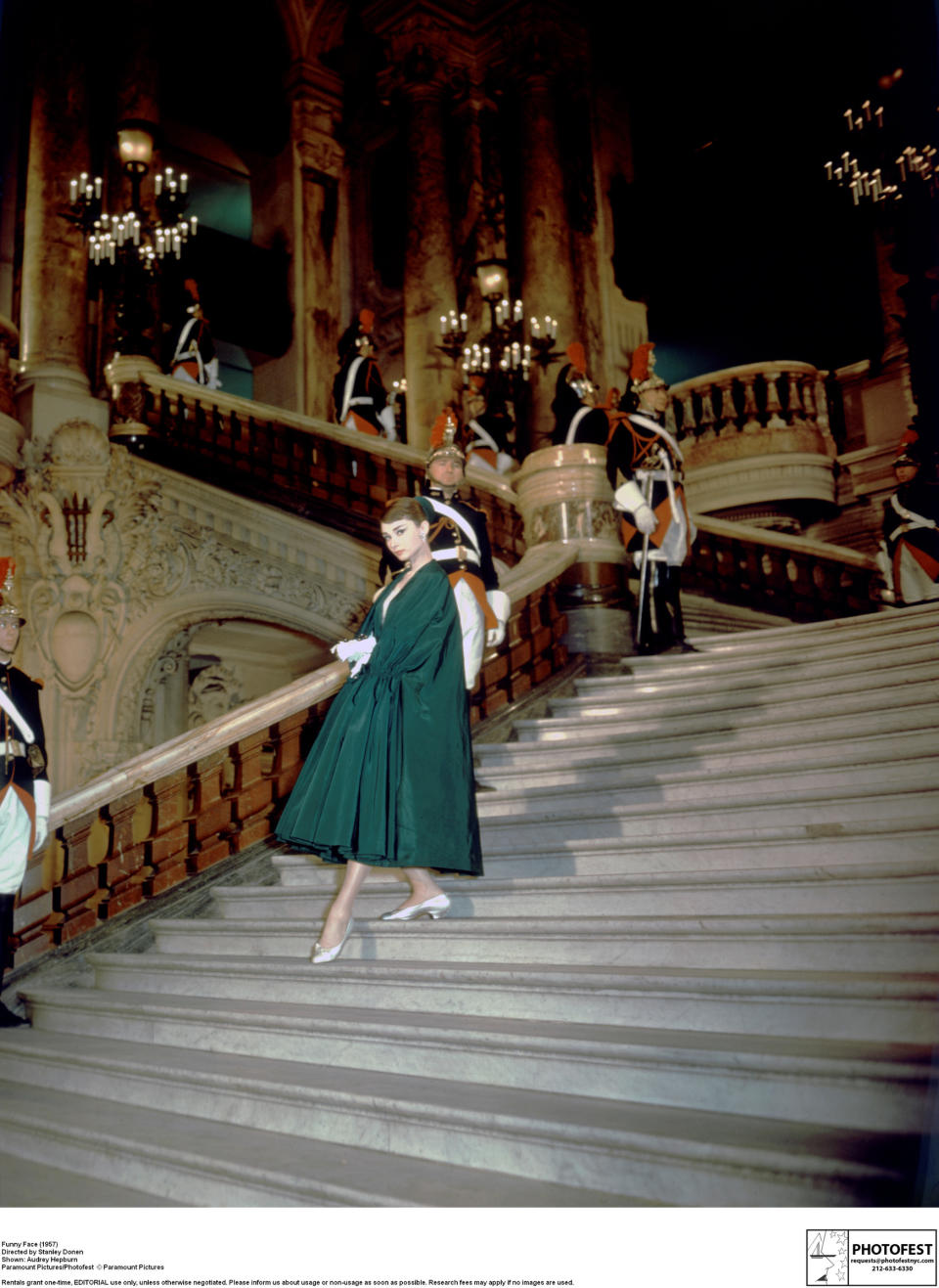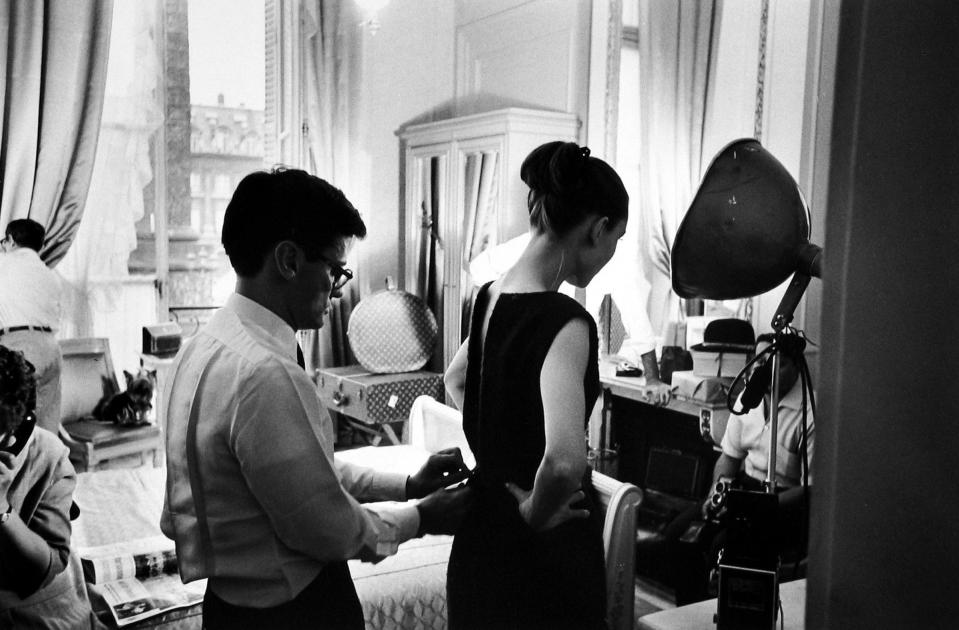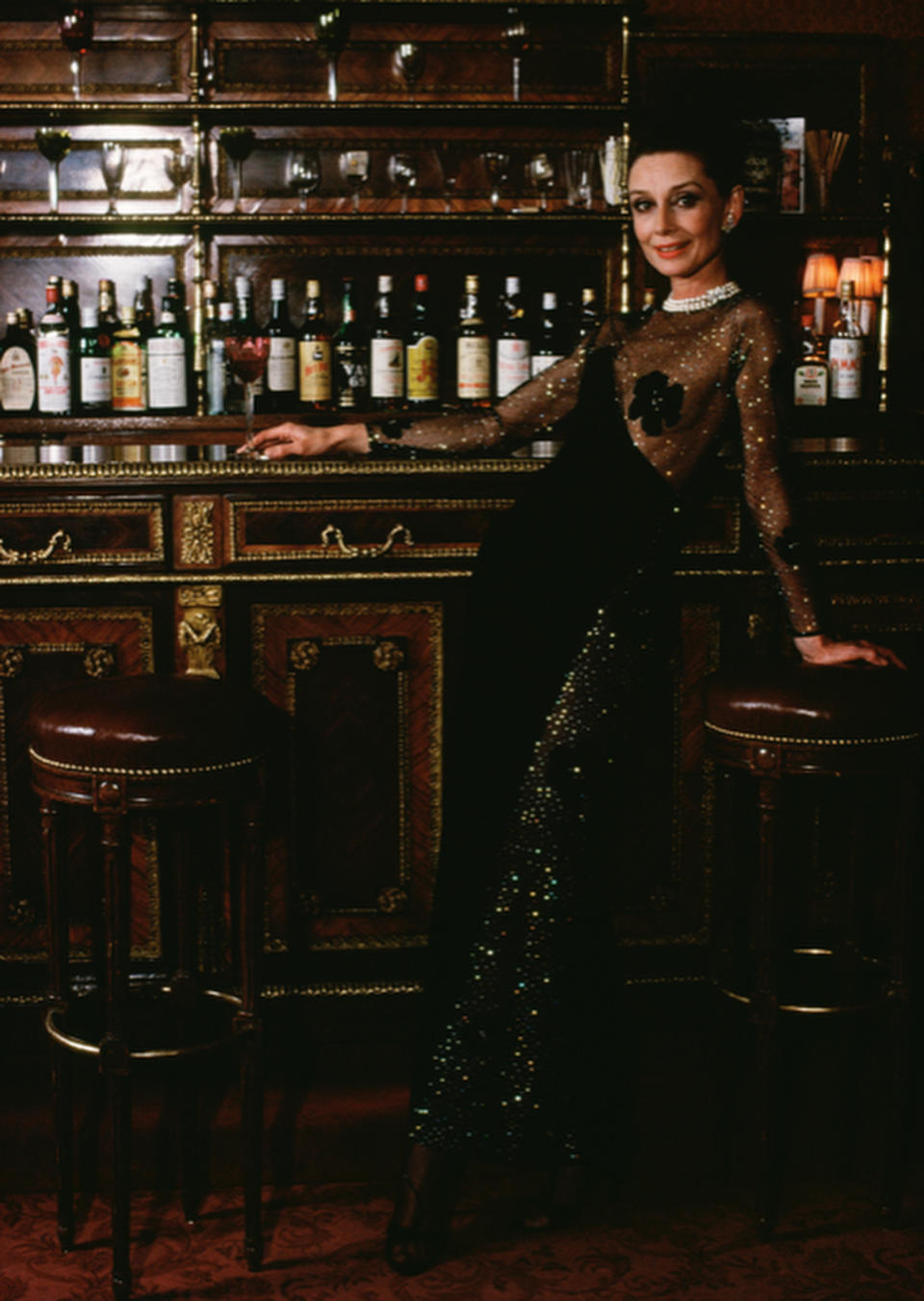New Book ‘Audrey Hepburn in Paris’ Tells the Story of Her Style Evolution & More

There are few fashion partnerships more legendary than that of Audrey Hepburn and Hubert de Givenchy — their deep friendship and mutual vision helped create Hepburn’s iconic style.
Their story weaves through the new book “Audrey Hepburn in Paris,” coauthored by Hepburn’s youngest son Luca Dotti and Meghan Friedlander, the creator of the Rare Audrey Hepburn blog, which chronicles the legendary actress’ style.
More from WWD
United Way of New York City to Honor Fernbrook Capital Management's Marigay McKee
Vuitton Taps Saoirse Ronan, Hamlin's Givenchy Turn, Etro's AI Campaign
“It’s almost like a love letter between the two of them,” says Friedlander of the 210-page tome.
Much of the story of Hepburn and Givenchy unfolded with Paris as the stage. The book follows Hepburn’s experiences in the city filming, doing fashion shoots, and attending Paris Fashion Week shows.
She formed friendships with the groundbreaking creatives of the time, including Richard Avedon, Coco Chanel, Cary Grant and Diana Vreeland.
“It’s surprising but I think the most I got out of this book is the sense of joy,” says Dotti. “Because it’s from a time where people really knew each other, they were friends at work and off. They were creating things together, and they were the best, this combination of talents. And that’s what my mother always said, ‘Most of all, I was lucky to work with all these marvelous people.’”
Dotti discovered new sides to his mother through stories of her dancing until dawn at parties including the Rothchilds’ legendary Surrealist ball, as well as how she always traveled with a trunk with personal photos and objects to make her favorite room at the Hotel Raphael feel like home.
Friedlander did a deep dive into all things Audrey, unearthing contemporaneous sources from as far flung as Japan and Iceland, and saw her role more as a tour guide through Hepburn’s Paris.
She uncovered a diary entry from Colette recounting the first time Hepburn visited her in Palais-Royal, after the famous writer spotted her in a hotel and wanted her to star in the adaptation of her novel “Gigi.”
The young actress first turned down the role out of insecurity about her inexperience, then finally accepted the star-making turn in 1951. “But I never expected to see her, armed with as much patience as if she were waiting expressly for me, on the old stairway of my Palais-Royal apartment,” Colette wrote of their first encounter.

The book is dotted with these first-person anecdotes and Hepburn’s own voice to infuse it with intimacy. Friedlander also used WWD reports from 1985’s Oscars de la Mode ceremony, as well as coverage from a Givenchy fashion show.
For Dotti, the book is also the culmination of a personal journey. The first book, “Audrey in Rome,” stemmed from an exhibit catalogue and was published in Italy before it was picked up internationally. The second, “Audrey at Home,” was a recipe and recollections scrapbook-style tome. Both were on his comfortable home turf.
When the idea for a Paris book came along, Dotti “was a little bit reluctant,” he says.
“I sensed — erroneously — that the vision of my mother was framed in this Little Black Dress stereotype,” he says, adding that he grew up with no concept of just how famous she really was.
Young Dotti also had an uneasy relationship with Givenchy, in part because of the late designer’s strong bond with his mother. Following Hepburn’s death, they disagreed about how to approach an exhibit before Givenchy wrote him a letter explaining what Hepburn meant to so many people. From there they started to build their own friendship. “The moment we both opened up, it created this connection.”
Givenchy opened his last personally curated retrospective with a copy of his favorite recipe from Hepburn. “It’s a strong message, in that it tells me there was not only the fashion, but the friendship. It’s also a translation of the book in the sense that as much as my mom would go to Paris to be in Givenchy’s quarters, when he took a break he went to my mother’s home. And that is lovely.”

Dotti notes that for all the time she spent in Paris, Hepburn never had property in the French capital. “Paris was her playground,” he says. Italy and Switzerland were where she put down roots, and where she did not play the role of superstar.
The book recounts stories of Hepburn in Paris dancing until 4 a.m. “We’re seeing a side of Audrey that we don’t normally get to see. Usually she’s so poised and elegant and chic, and really there was a fun side to Audrey, she had a great sense of humor and we see more of that,” adds Friedlander.
Pages are dedicated to the costumes for Hepburn’s Paris films, including “Sabrina,” “Funny Face” and “Charade,” among others, as well as behind-the-scenes accounts of some of her most famous fashion shoots and stories of her movie premieres. Friedlander unearthed accounts of the legendary “The Longest Day” premiere, which featured Edith Piaf singing from the first floor of the Eiffel Tower as fireworks lit up the background. Hepburn wore a pink Givenchy gown for the occasion.
The book also shares rare or never-before-seen photos, including a Douglas Kirkland shot that had been lost for decades. Originally a promotional photo for the 1965 film “How to Steal a Million,” Hepburn and Givenchy disagreed on the lace eye mask that covered her heavy silver sequin eye makeup. Hepburn wanted mystery; Givenchy thought it was too much of a costume. The photo was scrapped and long forgotten until Friedlander happened to win it in an auction lot, not knowing its provenance.
It ended up on the book’s cover.
“It’s like the photo had a life of its own. It said, ‘I want to be shown again.’ And for the book cover it’s fantastic because it is fun, but yet it’s mysterious — it’s Paris,” says Dotti.
“You are in Paris with my mother,” he adds. “It’s a guidebook to a time, a place and fashion.”

Givenchy Girls Through the Years: From Audrey Hepburn to Kim Kardashian West



Launch Gallery: Givenchy Girls Through the Years: From Audrey Hepburn to Kim Kardashian West
Best of WWD

 Yahoo News
Yahoo News 
